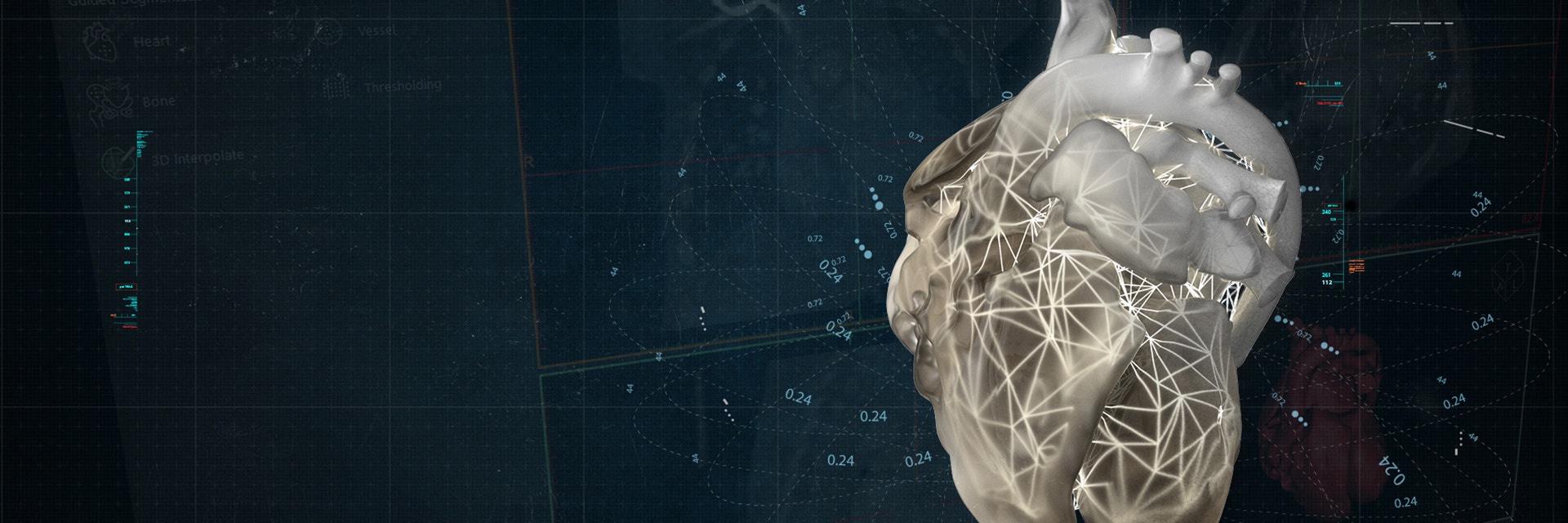CUSTOMER STORY
“3D Printing Is Our ‘Weapon of Choice’ for Rare and Complex Medical Cases”
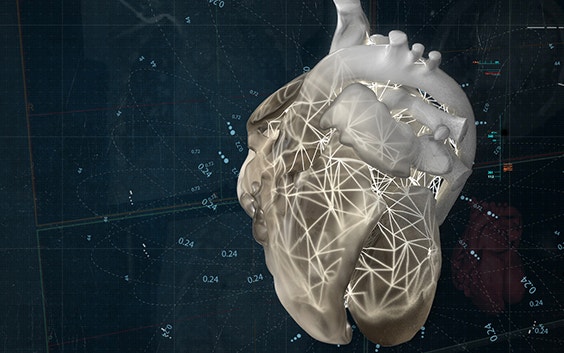
Deakin University in Australia has become the go-to place for local hospitals to discover solutions for their most complex cases and get a glimpse of what a hospital of the future could look like. Leading Deakin’s School of Engineering is Dr. Mazher Iqbal Mohammed.
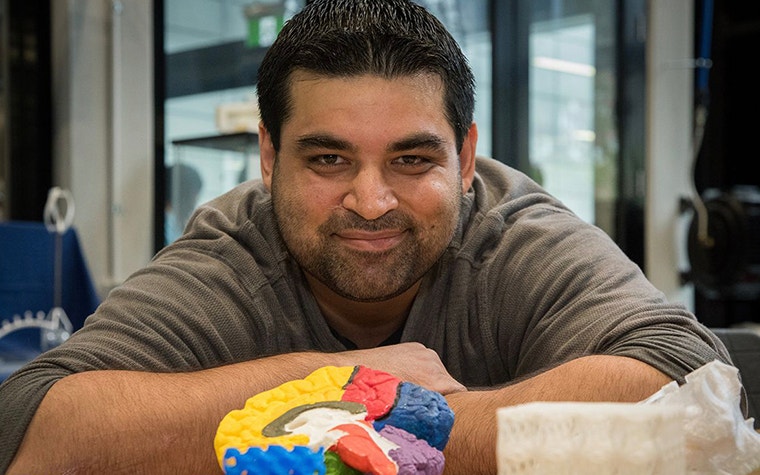

Working to come up with everything from clinical solutions like tailor-made ear prostheses to science fiction-like technology, such as a mask that can minimize radiation dosages in radiotherapy treatments, Dr. Mazher Iqbal Mohammed says the thing to look out for next is automating the process to make so-called “just-in-time solutions” and to add other technologies into the mix — from sensors and electronics to AI and machine learning.
“I’m a big advocate of the patient-specific solution. And, obviously, one of the few ways in which that can come about is with 3D printing,” said Dr. Mohammed when we spoke to him about medical applications of additive manufacturing. “One of the big challenges when you’re talking about medical devices is that everyone’s an individual. We are all different. So, what works best with one person may not work optimally with another.”
He has found that the beauty of 3D printing is the convergence of the three most important factors for medical design: technology, manufacturing, and materials. “The three form this kind of Venn diagram, and that sweet spot in the middle is where all the fun stuff happens. That’s where we’re going to see all the innovations,” said Dr. Mohammed.
For example, he has found that most standard, off-the-shelf thumb splints do not fit well, which means patients often do not use them, and the underlying condition is not treated. But by combining suitable technology, manufacturing, and materials, Dr. Mohammed could create a support that is not only more aesthetically pleasing — one of the most important facets for anyone who has ever worn a splint — but also comfortable and breathable.
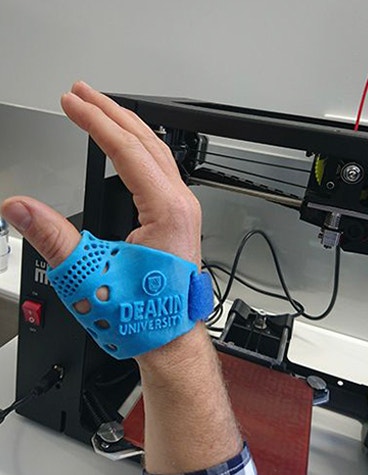
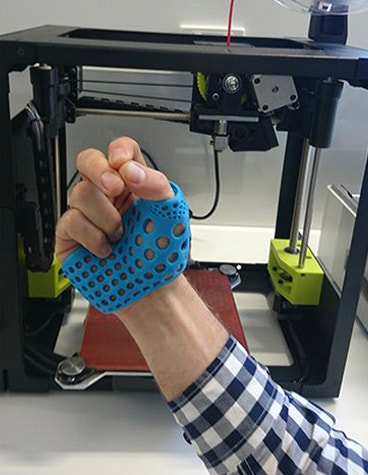
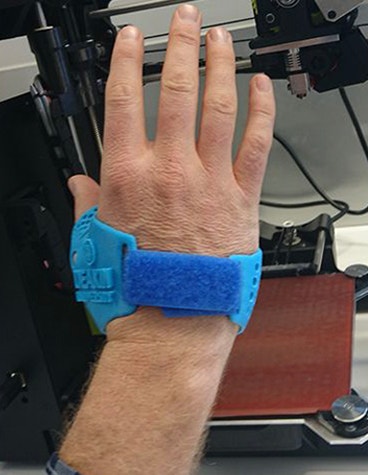
Personalized, 3D-printed thumb splints, like the one developed by Dr. Mazher Mohammed and occupational therapist Pearse Fay, are more comfortable and breathable compared to traditional splints.
“The first thing we needed to do was listen to the clinicians, and listen closely, because they’re the end recipients of the technology.” Clinicians know best what patients want and need, Dr. Mohammed adds, and only by working with them will the technology go from the lab to helping treat patients with complex cases.
Where’s the real-world impact?
One thing he stresses even with his students is that there’s no point in looking into additive manufacturing only out of purely an academic interest. There needs to be real-world impact: “Unless it’s fully hitting the mark of what clinicians want and what they can understand — and accept as something that goes into their workflow — it may not end up coming to fruition beyond just a few mavericks who are using these techniques.”
In terms of research innovation, Dr. Mohammed has moved beyond making some snazzy designs and is driven by the fact that our population is increasing exponentially, with a growing aging demographic. This means there will be pressing challenges with mobility, rehabilitation, and ultimately affording people the best quality of life to suit their lifestyle.
This is why 3D printing has become the ‘weapon of choice’ for Dr. Mohammed and his team. They can make things they thought would only be possible in their craziest engineering dreams, like asymmetrical porous splints that can combine multiple mechanical properties, for example being stiff in one area and flexible in another, while still perfectly matching the complex contours of a person for an ideal fit.
“So I think, if anything, the future of [medical applications for 3D printing] is very exciting with a growing volume of novel solutions that show a heck of a lot of promise.”
— Dr. Mazher Iqbal Mohammed, Deakin University
In this regard, 3D printing metals has been hugely influential in current solutions. But Dr. Mohammed is looking forward to what the new generation of performance and biocomposite polymers has to offer personalized solutions in the future.
One such material on Dr. Mohammed’s radar is 3D printing PEEK polymer, a relatively new, tough-yet-flexible material that has a proven biocompatibility for use in bone implants. Dr. Mohammed has also been working closely with Deakin University’s Institute for Frontier Materials to examine 3D-printable biodegradable polymer composites. With such materials, we may be able to one day provide implants that are both functional and resorbable by the body to assist in the natural regrowth of human tissues.
Adding AI and machine learning to the mix
Once more people start using 3D printing for clinical cases, then it can really evolve to the point where processes can be automated, and tech from other fields could help this process: “I do think more examples, more case studies, will help our understanding of the true efficacious nature of emerging or traditional medical devices. The addition of machine learning and AI will potentially allow for more rapid evaluation of influential factors when designing a device and will really start making this picture clearer.”
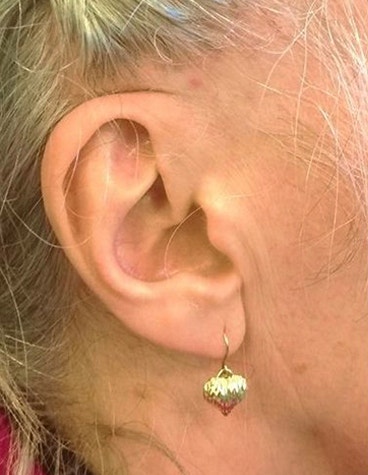
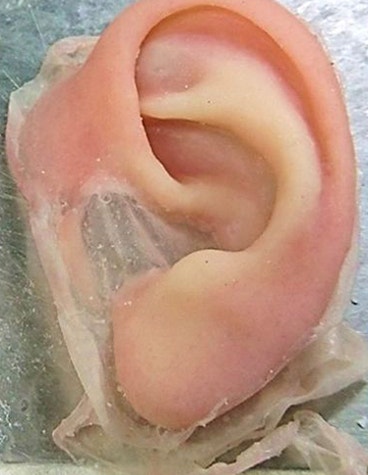
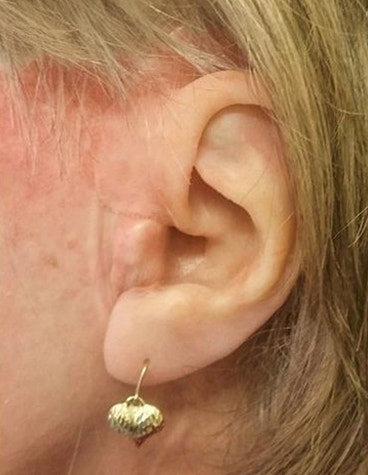
3D-printed ear prostheses can be made by mirroring the patient’s other ear for a custom fit. The image to the right is of the final prosthesis, based on the patient’s ear (left).
Once the process is further streamlined, it will be even easier to make implants faster, shortening the time between diagnosis and surgery. For instance, machine learning has already shown considerable potential during the research phase, from discovering new materials to optimizing design and manufacturing.
The next step is to use such techniques to speed up the design validation phases when making medical devices. One of the greatest strengths of 3D printing is its design and manufacturing freedom, which enables unique personalized solutions, using evolving materials, designs, and build processes.
However, such freedoms bring about an issue with consistently meeting the regulatory and safety requirements for clinical use, particularly when designs significantly change for a given device solution, says Dr. Mohammed. Often, when a device design or material changes, several phases of optimization are required to ensure the efficacy of the end solution and to avoid catastrophic failures.
This is not an issue in the research stage, where turnaround time is less critical, but for clinical use, this can be problematic, as devices are often required on demand with minimal waiting periods. Machine learning and AI could be tools to manage this issue, where impartial predictions can be made to derive a complex, multi-variable medical device solution efficiently and safely for clinical implementation.
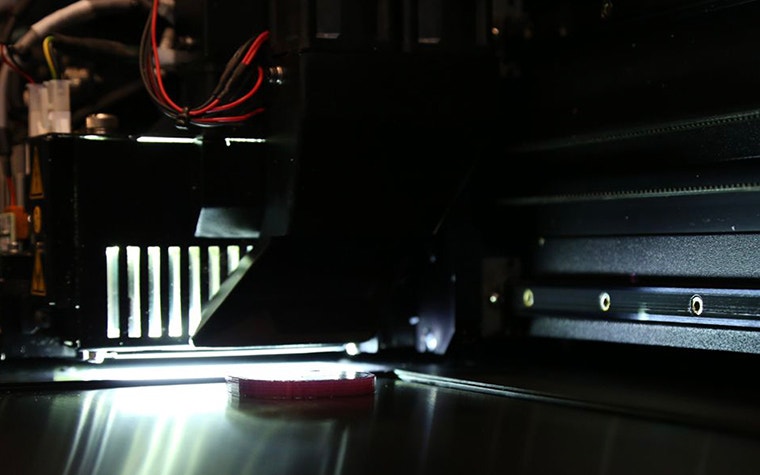

Square one
Taking a step back, Dr. Mohammed has also thought beyond solutions to pre-existing patient complications and embraces the concept of pre-emptive intervention to prevent the escalation of disease progression. “Most people have thought about patient-specific solutions rather than thinking, where does everything happen at square one. If we can figure this out, we may be able to stop detrimental things from happening in the first place.”
This step back to square one is the area of diagnostics, where 3D printing is beginning to gain traction. But Dr. Mohammed thinks there is still lots of room for growth, like making a so-called lab-on-a-chip. These are miniaturized devices that encapsulate multiple laboratory processes and have great potential for automated diagnostics at the point of care.
His earlier research focus was in the area of microfluids and biosensing for cardiac biomarker diagnostics. With advancements in additive manufacturing technologies, he is now examining 3D-printed microfluids using multi-material printing to create the next generation of lab-on-a-chip devices. He is waiting for the day when there will be a multi-material print technology that will allow for the printing of both microfluidics channels and integrated electrical components into these devices. “Currently, the technology is still catching up, but early research in this field shows considerable promise for the near future.”
Needless to say, Dr. Mohammed is optimistic about the future of medical applications for 3D printing: “So I think if anything, the future of the field is very exciting with a growing volume of novel solutions that show a heck of a lot of promise. However, each new innovation has brought a whole bunch of new challenges to the table, and it will be interesting to see how they’re resolved as the field evolves over the coming decade.”
Photos courtesy of Deakin University
L-100328-01
Share on:
You might also like
Never miss a story like this. Get curated content delivered straight to your inbox.
